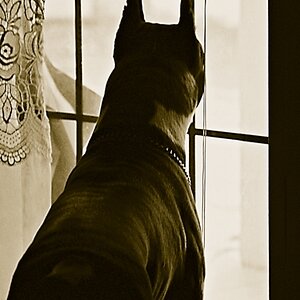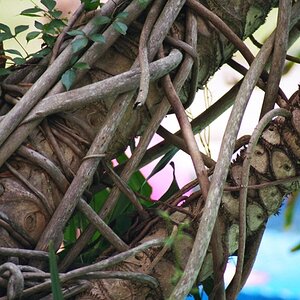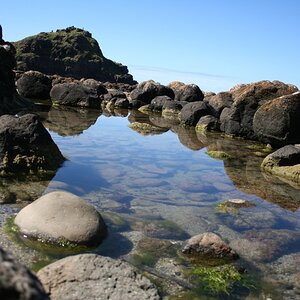jwbryson1
TPF Noob!
- Joined
- Apr 21, 2011
- Messages
- 4,280
- Reaction score
- 949
- Can others edit my Photos
- Photos OK to edit
Neil van Niekerk says in his book, Off Camera Flash, that when balancing ambient light with manual flash there are several approaches that can be used. One such approach is if you already have the correct exposure for the ambient light and just need fill flash for the subject. In this case, he suggests metering the flash 2 to 3 stops under the ambient light to use the flash for fill.
So, let's say you have metered for the ambient light and you wish to use manual flash for fill light. If you are familiar with using manual flash, you know that you can set the flash fire power at 1/1, 1/2, 1/4....1/64 down to 1/128. These are the flashes fire power.
The question is this -- Assuming we do not have a light meter, how do you know based on the fire power of the speedlight where you are in terms of STOPS below the ambient exposure? Stated another way, is there a "standard" way of determining what fire power is a stop below the ambient exposure? For example, if you have determined that the proper exposure based on ambient light is f/4, ISO 100, and you need the fill light 2 stops BELOW that, where do you start in terms of power settings to get 2 or 3 stops below? Is it trial and error? Do you try 1/16 and look at the LCD screen and make adjustments from there? Is there a more simple way?
Does anybody even know what I'm talking about? If you have the book, turn to page 48 and look under the left column entitled "Two Broad Scenarios" "If we Just Need Fill Flash" and you will see his discussion.
Thanks for looking. :thumbup:
So, let's say you have metered for the ambient light and you wish to use manual flash for fill light. If you are familiar with using manual flash, you know that you can set the flash fire power at 1/1, 1/2, 1/4....1/64 down to 1/128. These are the flashes fire power.
The question is this -- Assuming we do not have a light meter, how do you know based on the fire power of the speedlight where you are in terms of STOPS below the ambient exposure? Stated another way, is there a "standard" way of determining what fire power is a stop below the ambient exposure? For example, if you have determined that the proper exposure based on ambient light is f/4, ISO 100, and you need the fill light 2 stops BELOW that, where do you start in terms of power settings to get 2 or 3 stops below? Is it trial and error? Do you try 1/16 and look at the LCD screen and make adjustments from there? Is there a more simple way?
Does anybody even know what I'm talking about? If you have the book, turn to page 48 and look under the left column entitled "Two Broad Scenarios" "If we Just Need Fill Flash" and you will see his discussion.
Thanks for looking. :thumbup:





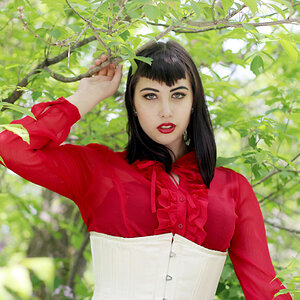
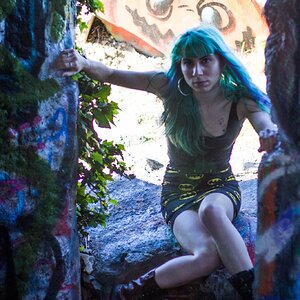
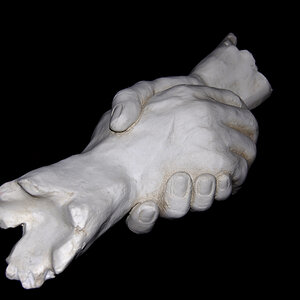
![[No title]](/data/xfmg/thumbnail/38/38747-bbe463248feefb7affb6b5e00efb70c6.jpg?1619738704)
![[No title]](/data/xfmg/thumbnail/36/36602-3001bbe07fa5517ccd4b03e049c7b844.jpg?1619737642)
